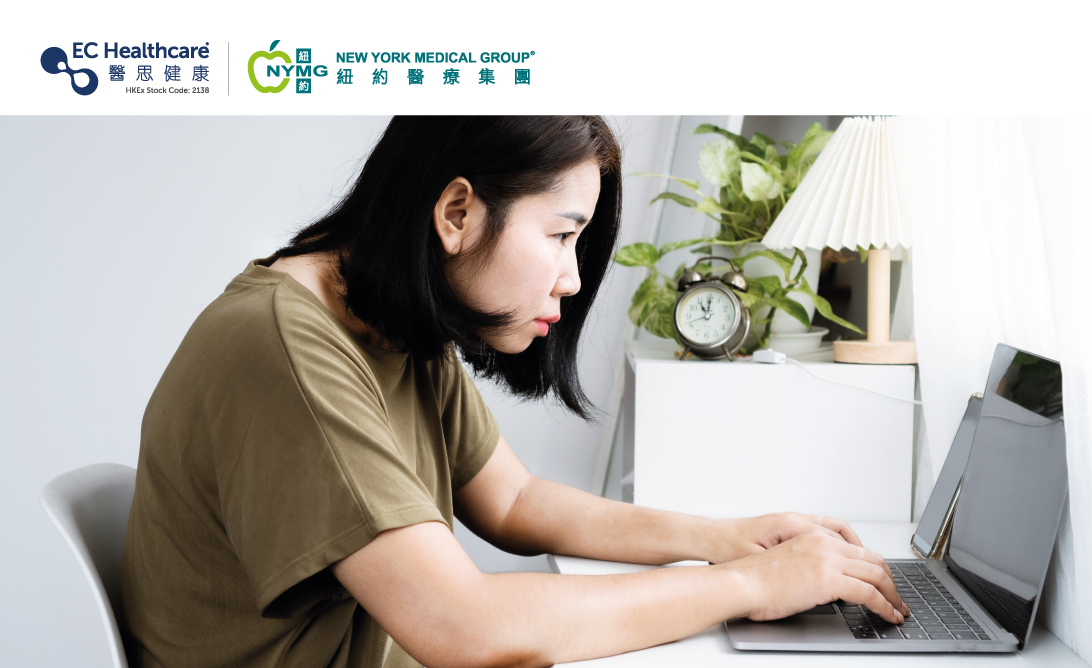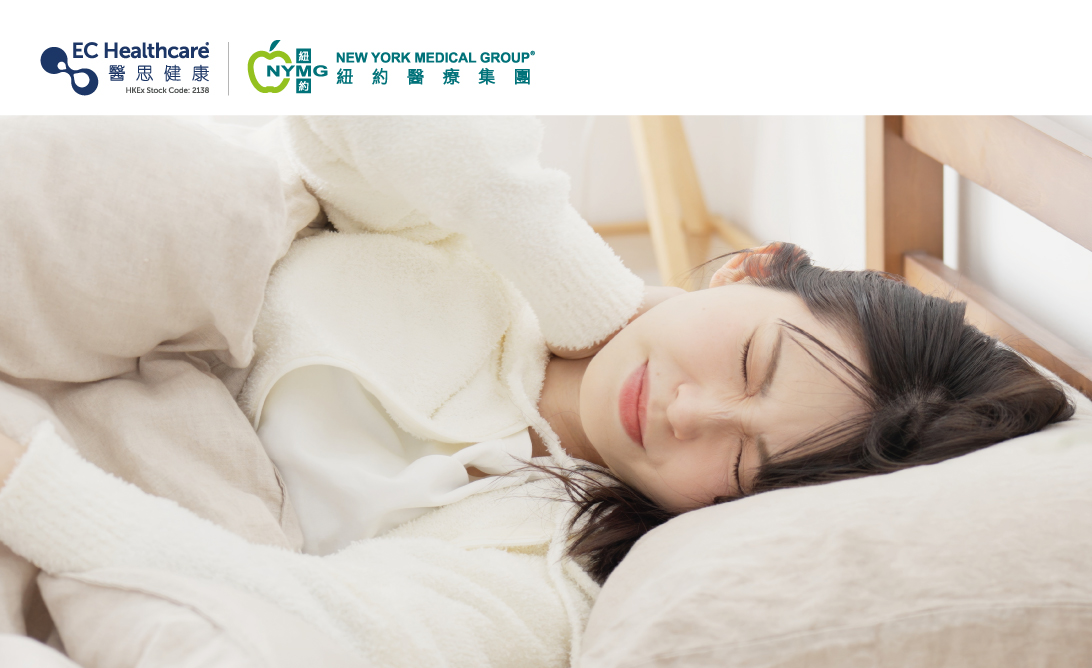Scoliosis Awareness: Regular Monitoring Prevents Progression
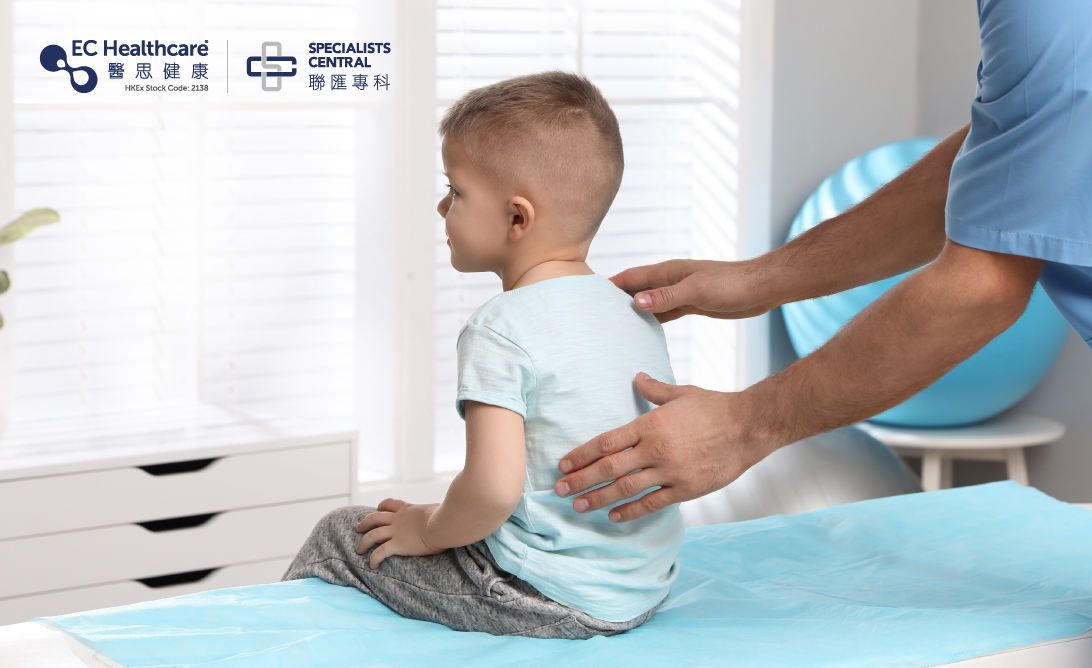

Have you ever spotted uneven shoulders or hips when observing your child's body posture? Or has your child ever complained to you about discomfort in their lower back? These could all be symptoms of scoliosis.
What is scoliosis?
Scoliosis is a common skeletal disorder that refers to a sideways curvature of the spine, forming an "S" or "C" shape. Symptoms usually appear during adolescence but may continue to worsen in adulthood, causing a significant impact on daily life. Therefore, it is important to monitor the symptoms of scoliosis regularly to help detect and treat it timely and prevent it from worsening.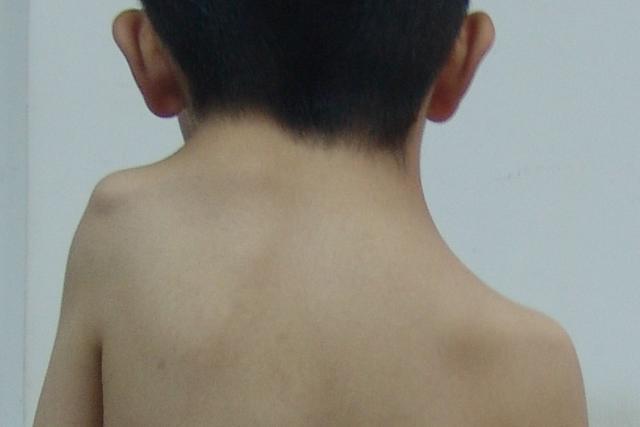
Scoliosis does not cause obvious symptoms at the early stage. If your child experiences these symptoms, they could be suffering from scoliosis:
-Uneven shoulders
-Uneven waist
-Asymmetry on both sides of the chest and lower ribs
-One shoulder blade appearing more prominent than the other
-Lower back pain
-Difficulty breathing
Regular monitoring prevents scoliosis progression
Spot progression timely: Regular examinations can help doctors identify the worsening of the condition as early as possible to facilitate timely treatment and prevent further deterioration.
Promote effective treatment: Timely treatment helps relieve symptoms, correct posture, alleviate pain and prevent the condition from worsening.
Prevent the risk of surgery: If the symptoms of scoliosis are not treated promptly, surgery may be needed to correct the spine. Surgery involves certain risks, and getting timely treatment can avoid them.
How can I improve scoliosis?
Scoliosis can be divided into mild, moderate and severe stages. The spine has a smaller curve at the early stage, therefore can be treated in a shorter time.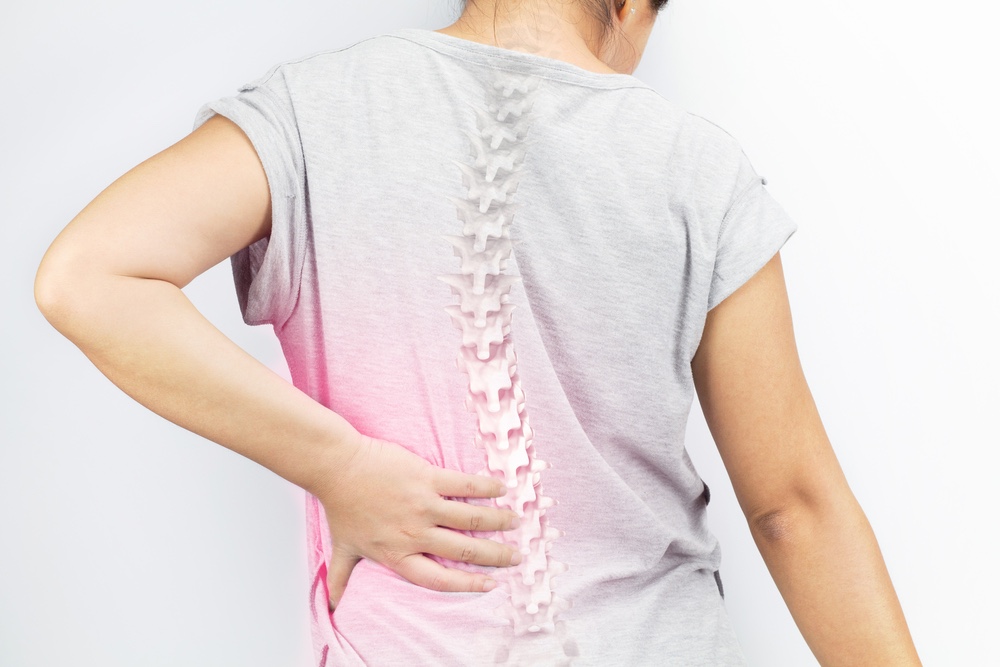
Mild: Mild scoliosis usually does not cause discomfort or pain, but patients should continue to monitor their symptoms and correct daily posture to prevent symptoms from worsening. For mild scoliosis symptoms, observing and correcting posture is crucial. Maintaining correct sitting and standing postures, avoiding lowering the head or bending over for a long time, and exercising moderately can improve the symptoms.
Moderate: The curvature of moderate scoliosis is between 25 and 40 degrees and the condition can worsen at a great speed. Patients need to wear a back brace and corrective underwear, and engage in therapeutic exercises to correct posture and improve muscle strength and flexibility in the torso and core muscles. These measures can help slow down the progression of the condition.
Severe: Severe scoliosis occurs in cases with a curvature higher than 40 degrees. It can lead to deformity in the chest cavity and affect cardiopulmonary function. These cases require surgical correction, which can improve symptoms by 70%.
There are many ways to improve scoliosis symptoms and reduce the risk of surgery. For example, patients should receive regular check-ups, maintain correct sitting and standing postures, avoid lowering their head or bending over for a long time, exercise moderately, stay away from high-sugar and high-fat foods, eat more foods rich in calcium, vitamin D and protein, and maintain good mental health. If your child shows symptoms of scoliosis, it is best to consult a professional doctor for advice and regularly monitor the symptoms to protect your child's health.
Related Brands





